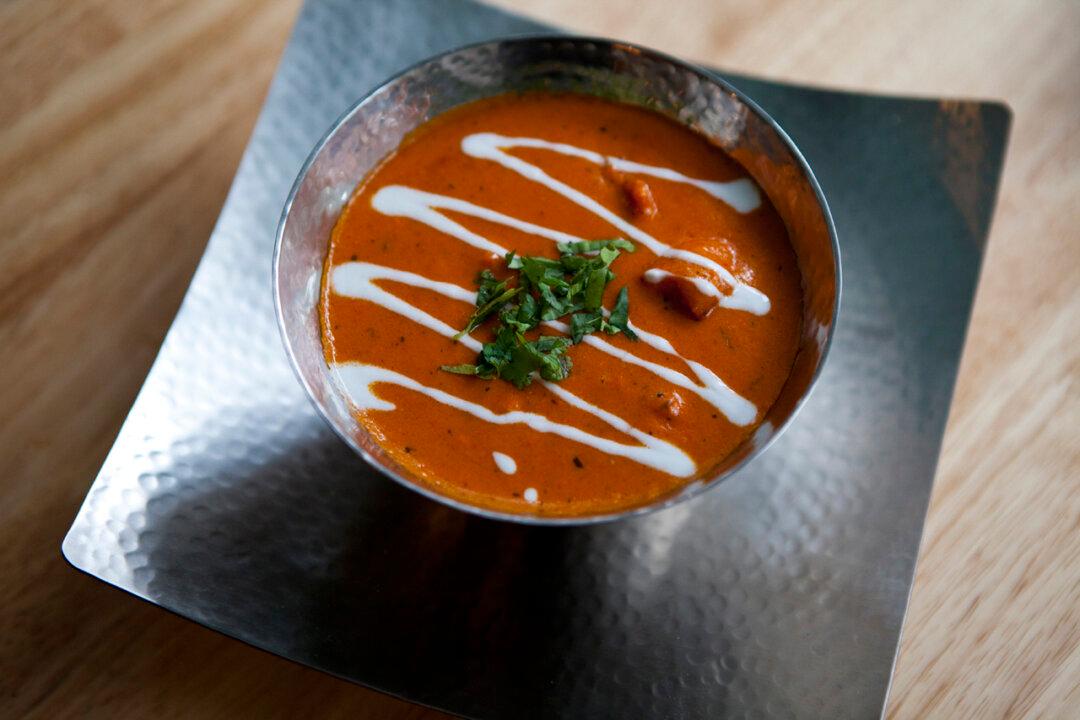The Spirit of America in Batik
To celebrate the new U.S.-Indonesia partnership, a competition to design American batik has been launched.
CANTING TOOL: Special tools serve to skillfully pour hot wax on cloth before dyeing it. When the wax is removed, elaborate patterns remain. Nadia Ghattas/The Epoch Times
|Updated:



